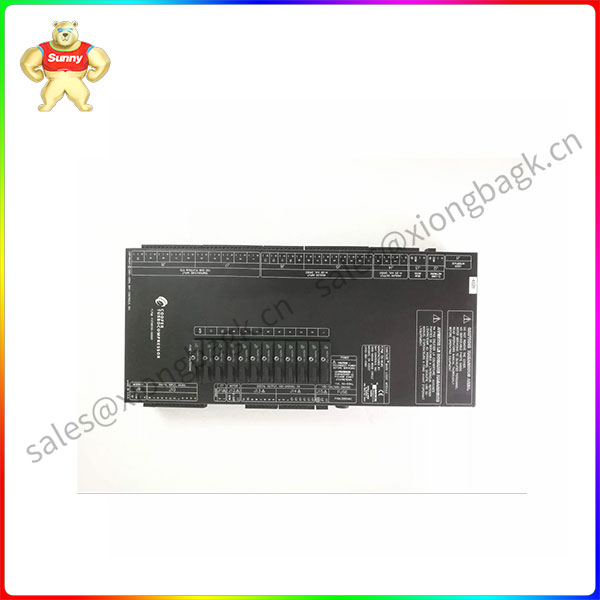Industry is the main battlefield for 5G applications. Recently, the “Research Report on the Integration of 5G and Industrial Automation” (hereinafter referred to as the “Report”) jointly released by the China Industrial Internet Research Institute and Siemens (China) Co., LTD., shows that China’s 5G industrial application has gradually deepened from the peripheral auxiliary links of production to the core control link of production.
P3798102-00000 Since 5G scale commercial use in 2019, China has continued to promote the application of 5G in various industries through policy guidance, construction guidelines, pilot demonstrations and other measures, and the nationwide “5G+ industrial Internet” project has shown large-scale development. According to the data of the Ministry of Industry and Information Technology, as of now, 5G applications have been integrated into 74 of 97 national economic categories, large-scale promotion in key areas such as industry, mining, electricity, and medical care, and the number of “5G+ industrial Internet” projects has exceeded 10,000.
According to the report, at present, major industries such as aircraft, ships, electronics, and mining have carried out “5G+ industrial Internet” innovation practices, forming a number of typical applications such as remote equipment control, machine vision quality inspection, and unmanned intelligent inspection. However, at the same time, the integration of 5G and industrial automation also faces challenges, such as insufficient types of 5G terminals in low-delay scenarios of industrial automation, insufficient network certainty and high real-time, and difficult network management.

P3798102-00000
The report proposes that 5G technology based on the R16 version of the standard can meet the needs of industrial motion control, but it is not yet mature for commercial use. The current commercial 5G network based on the R15 version of the standard has an end-to-end delay of more than 10 milliseconds. Therefore, there are no cases of motion control using 5G in related industries, including automotive manufacturing.
P3798102-00000 In order to promote the in-depth integration of 5G and industrial automation, the report proposes that the industry in the future mainly carry out work in three aspects: enriching the types of 5G terminals for low-delay scenarios in industrial automation, and encouraging the research and development of products such as programmable logic controllers, instruments, actuators, and industrial cameras that support 5G; Based on 5G local area network, time sensitive network and other technologies, break through the key technologies of industrial 5G deterministic network and meet the high real-time requirements of industrial automatic control 5G network technology; The construction of an industrial network integrated management platform supports the unified management and control of the factory 5G network and the traditional industrial network, and realizes the cross-domain management and operation and maintenance of 5G in industrial automation applications.
The report believes that through relevant actions such as technological research, product research and development, and application implementation, the construction of 5G factories and the large-scale development of 5G industrial applications in industrial enterprises will continue to move forward, and the innovation-driven role of a new generation of information technology in the digital transformation of manufacturing will also be further played.
 中文版
中文版




